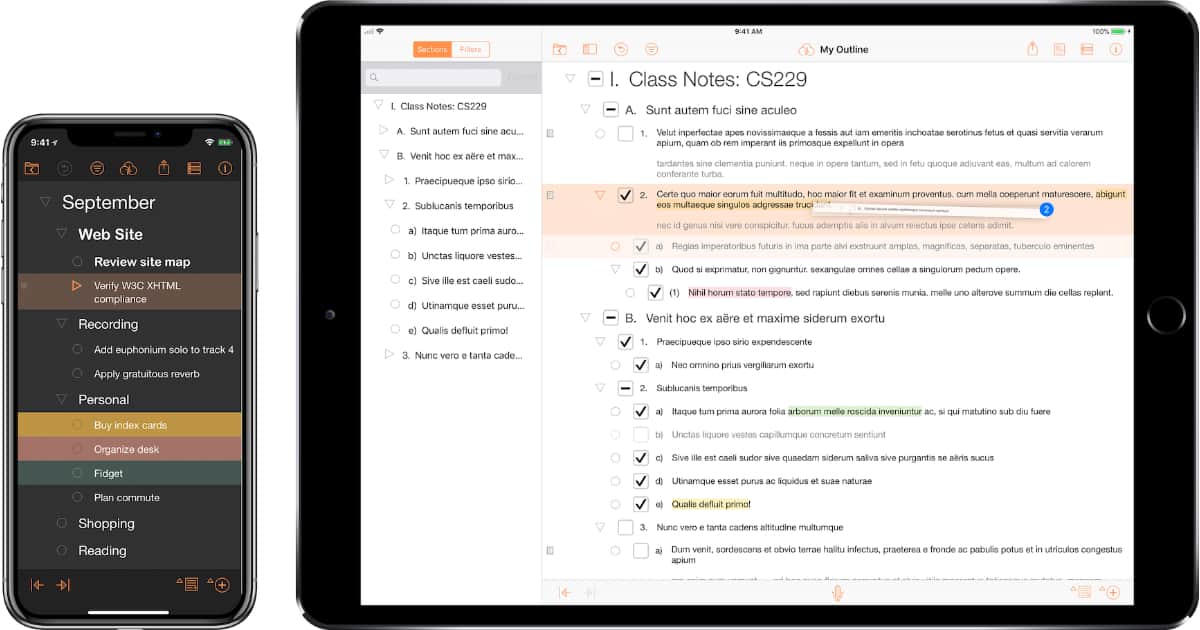
Once you’ve gotten your outline going, being able to fold and unfold (collapse and expand) entire parts of the outline is a huge asset.

It’s not as intuitive as just opening a blank Word document and typing, but it’s simple enough to open an outline and start writing. Getting content into OmniOutliner is fairly easy. On this and all images in the post, click or tap to enlarge Right away the Mac and iOS apps take you to a templates screen so you can get started without delay: There are multiple other uses for the app–I’ve made good use of it in sermon preparation, as you’ll see below. writing and editing your podcast script.planning and following through with a project.writing a paper (and re-arranging sections easily).

You can use it for any of the following scenarios: Think of OmniOutliner as a thought structuring app, suitable for both creating and organizing content. I was eager, then, to try out The Omni Group’s outlining app, OmniOutliner.

OmniOutliner is often touted in conjunction with Ulysses, so I wanted to see if I could make it work for me.The rise of the brilliant app 2Do notwithstanding, I continue to utilize OmniFocus as my task management hub.

It’s available for macOS and iOS and promises to keep your work synced using iCloud or even their own open-source syncing service - which you can self-host if you don’t trust others to host your data. Scrivener’s outlining capability is excellent, essentially providing a flexible and extensible spreadsheet view with which to plan, organise and eyeball a complex project into its constituent parts.Įnter OmniOutliner, a standalone outlining application by the venerable Omni Group. Ulysses has no outlining capability and the lack thereof is one of the reasons I continue to use Scrivener for long-form writing. Where some folk prefer index cards or mindmaps, my preferred way to plan a writing project, be it fiction or non-fiction, is through outlining. I like structure and I think quite linearly.


 0 kommentar(er)
0 kommentar(er)
